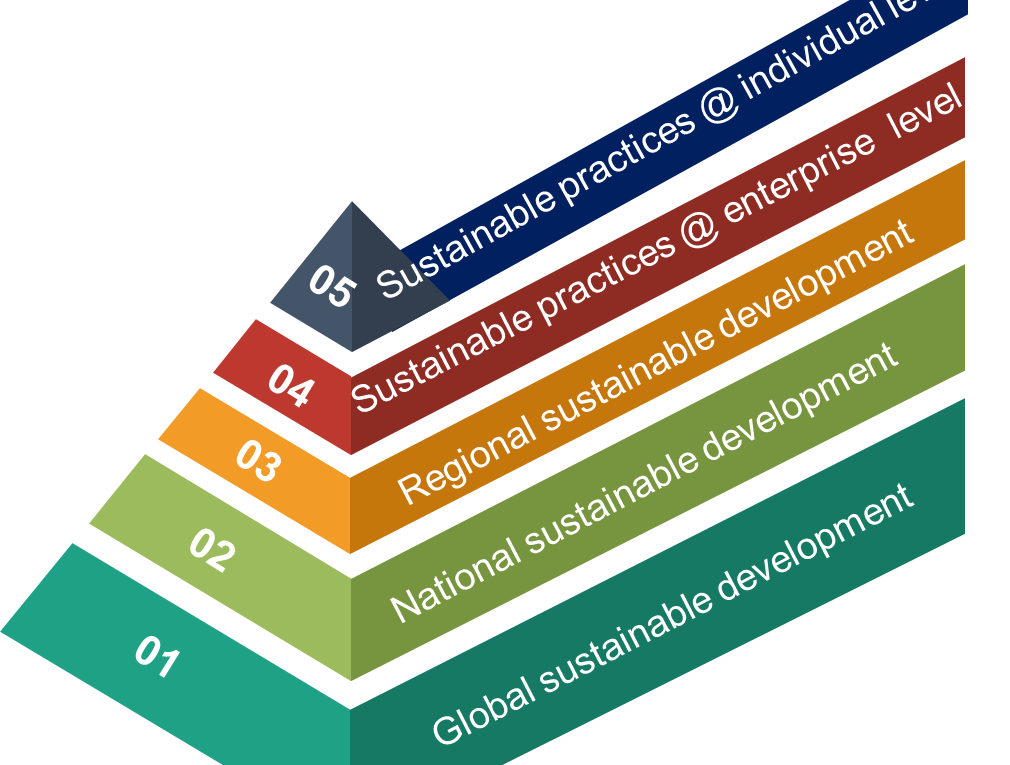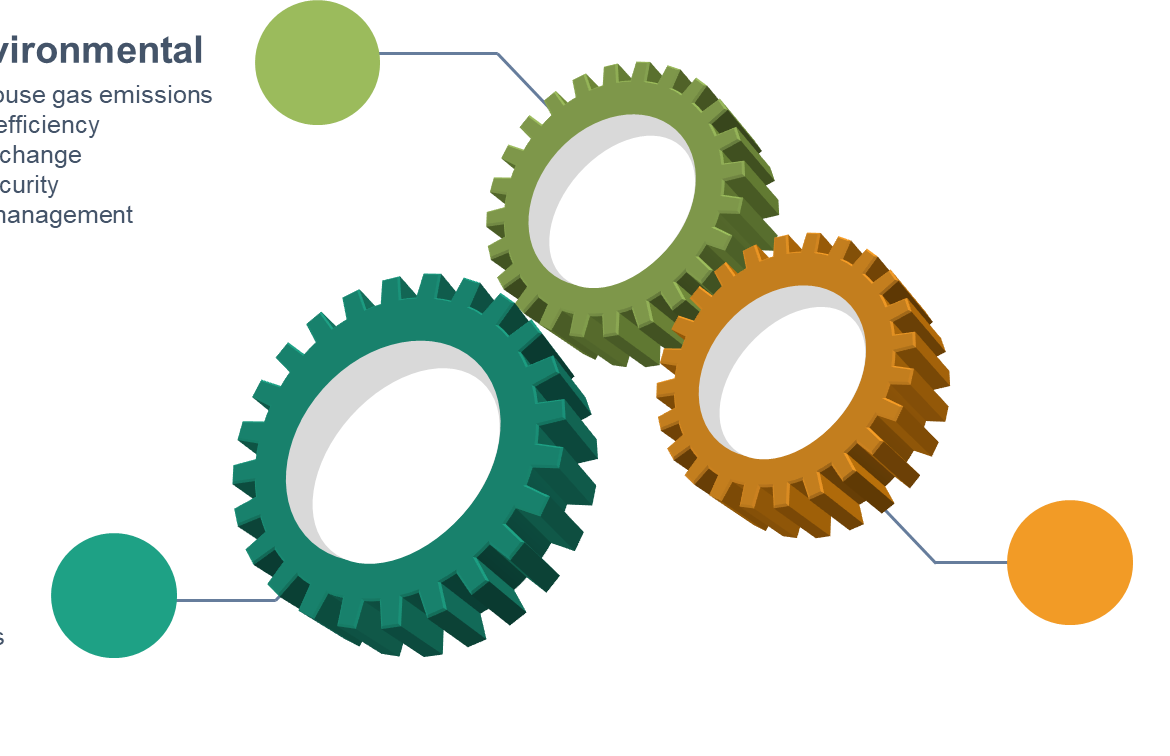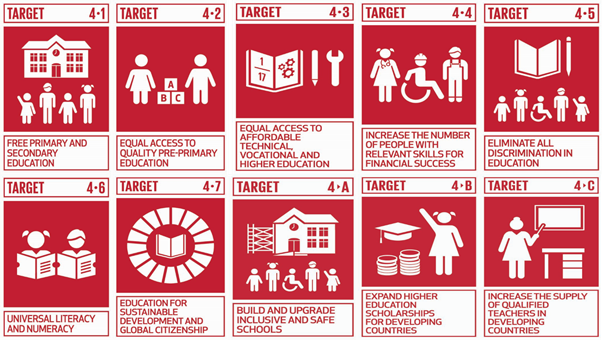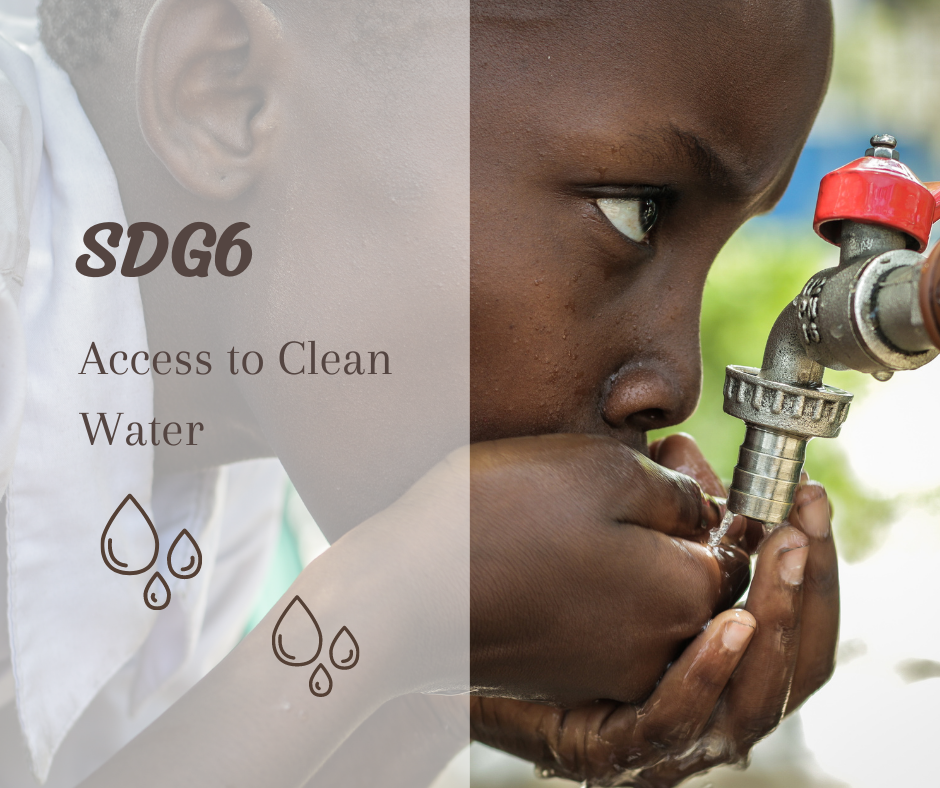
COVID -19 Pandemic has drawn people’s attention towards the importance of health and hygiene; People have been advised to drink plenty of water and keep washing hands, in order to stay safe from infection. The cure for the disease has still not been found; Hand wash and sanitation remain to be the most effective weapons against the disease. Most of us are able to follow the prescribed preventive measures, as we have an easy access to clean water for drinking, cooking, washing and sanitation, but what about those billions of people who do not have an access to clean water? And what about our future generations who are most likely to face water-crisis because of our irresponsible ways of consuming water? Life without water is unimaginable; water is the basis of all life forms and it wouldn’t be wrong to say that water saves life too. Although water is available on Earth in abundance, most of us are unaware that only 2.5% of it is fresh and only 0.007% is available for human use. For centuries, humans have been consuming water for numerous activities in an unsustainable and wasteful manner. Pollution due to drainage of untreated waste water into fresh water bodies and excessive use of ground water are the major factors leading towards water crisis.
According to UN, the alarming facts related to water are:
- 3 in 10 people lack access to safely managed water
- 6 in 10 people lack access to safely managed sanitation facility
- More than 40% of global population is affected by water scarcity and the percentage is projected to rise
- More than 80% of wastewater is discharged into water bodies without being treated
- Nearly 1000 children die each day due to preventable water and sanitation related diseases
To address the water crisis, SDG6 – “Clean Water and Sanitation” was introduced by United Nations in 2015, as part of its Agenda 2030. The Goal aims to ensure availability and sustainable management of water and sanitation for all by 2030.
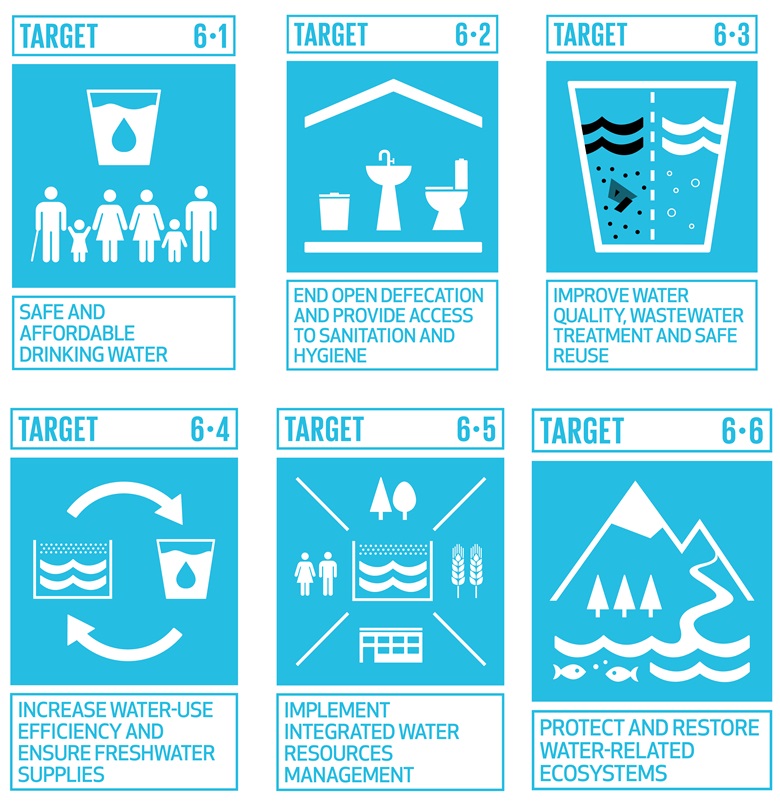
The goal also focuses on areas like:
- Wastewater treatment and reuse
- Conservation of water resources
- Improved water-use efficiency
- Restoration of water-related ecosystems
Nations have been working towards achieving SDG6 since its launch, but their efforts are not competent enough. According to UN, 129 nations are not on track to have sustainably managed water resources by 2030, and 2.3 billion people are still living in water-stressed countries. This means that the rate of implementation of SDG6 needs to be doubled; government, civil society and the business community need to come together and work cohesively towards meeting the targets of the goal.
Role of business
Water is definitely an area of concern for the government, but it is the responsibility of all sectors to contribute towards effective management of water. According to studies, agriculture and industries are responsible for 90% of the world water consumption as most industries depend on water either directly or indirectly. Water intensive industries like manufacturing and extractives consume large volumes of fresh water and then discharge large volumes of waste water back into nearby water resources, thus impacting the water system of the region; pollution and climate change are worsening the water crisis. Companies are facing difficulties in procuring water necessary for running their business, and are paying huge amounts for water due to its scarcity. Some companies are even forced to shut down their plants due to water-crisis; Coca Cola had to shut down its operations at Palakkad (Kerala) in 2004, as it had to face large scale protests on account of over exploitation of ground water. Many other companies are facing such challenges and the situation might worsen in future due to unsustainable water –use practices. Improving the efficiency of water management systems, can bring multiple benefits to companies. The most effective way for companies to address water-related issues is to engage in SDG6. Both SDG6 and business can have positive impact on each other. Business can provide innovative solutions, supply chain systems, technological assistance and financial assistance for the implementation of SDG6, while SDG6 can ensure sustainability of a business.
Benefits of aligning business with SDG6 are:
- Reduced costs – switching to more water-effective processes throughout the business, can reduce water-related cost to a great extent and can also reduce energy consumption associated with water management.
- Increased efficiency of workforce – availability of clean water and sanitation is important for good health which further increases the efficiency of the workforce.
- Reduced risks – responsible consumption of water can reduce risks related to water scarcity and risks of water related disasters, and therefore enhance resilience of a business.
